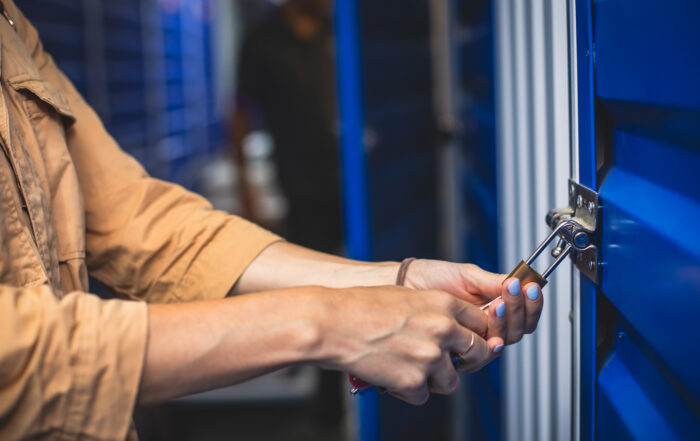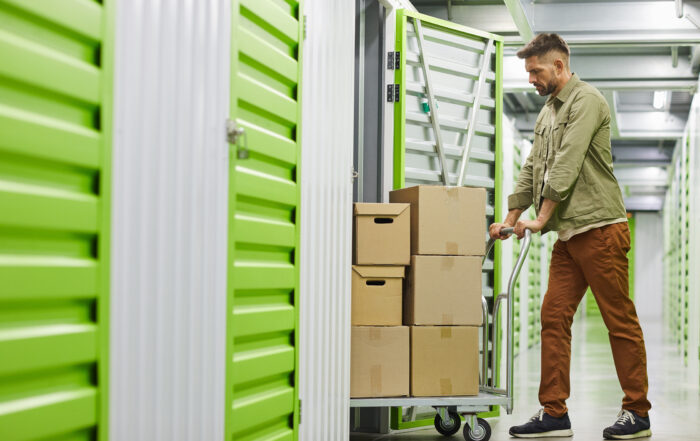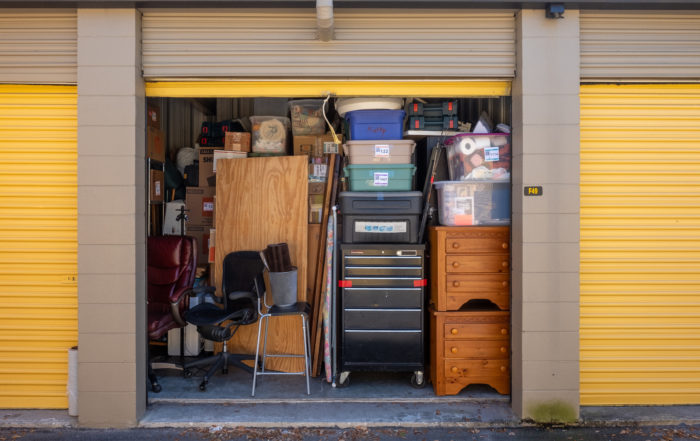A Brief History of Plastics (Part Two)
We know, we know. How can it be a brief history if it takes two blog posts! Well, listen, when it comes to plastics, a material that has been used for thousands of years, from ancient naturally occurring rubbers all the way to the lab designed products of today, two blog posts are cutting it pretty thing. Last time on the Albuquerque Self-Storage blog we detailed the first man-made plastics in Parkesine and the later creation of galalith. This time we’ll be starting in the early 1900s, in Yonkers, New York.
The year is 1907, a rich Belgian American chemist named Leo Baekeland began testing the reactions of formaldehyde and phenol. If you recognize formaldehyde, you’ve been paying attention. Baekeland and other chemists began to realize that many naturally occurings resins were polymers, a type of molecule made up of much repeated smaller units. Let’s take a step back before we get too deep into the chemistry (that quite frankly is out of our purview.) Anyways, Baekeland discovered Bakelite, the first fully synthetic thermoset, or the first type of liquid or soft solid state that when heated changes permanently into a solid. This would be the beginning of the 20th century’s explosion in plastics.
The era between the world wars saw many plastic improvements. Polyvinyl chloride (or as we all know it, PVC) was commercially produced in the late 1920s while polystyrene was invented by BASF in the 1930s. 1933 saw the discovery of polyethylene by Imperial Chemical Industries. Polyethylene is the most common plastic, annual production rates hitting 80 million tons!
While the most common plastic had been discovered, its far from the final destination. 1954 saw the creation of polypropylene another common plastic found in packaging, labeling, reusable containers, and textiles. Polyethylene terephthalate was created in the 40s and is one of the few plastic that is appropriate for glass replacements such as for bottles.
Plastics are one of the most overwhelming influential developments in our history. And sure, while we think plastic containers are the b’s and e’s, it really is everywhere. Phew, ok, all that science is done. Next time on the blog we’ll look at something a little less technical, we swear.
Recent Posts
Understanding Self-Storage Lease Terms: What to Know Before You Sign
Renting a self-storage unit is often one of those tasks that feels simple at first—pick a unit, sign a lease, move your stuff in. But if you’re like most people, the fine print on that [...]
What Not to Do When Using a Self-Storage Unit: 9 Common Mistakes to Avoid
Self-storage units are a convenient and affordable way to store everything from furniture and keepsakes to business inventory and seasonal gear. Whether you’re moving, downsizing, or just trying to declutter your space, renting a storage [...]
How to Keep a Storage Unit Clean and Tidy
A self-storage unit can be a lifesaver when you need extra space, but without proper organization and upkeep, it can quickly become cluttered. A clean and tidy storage unit not only makes it easier to [...]



